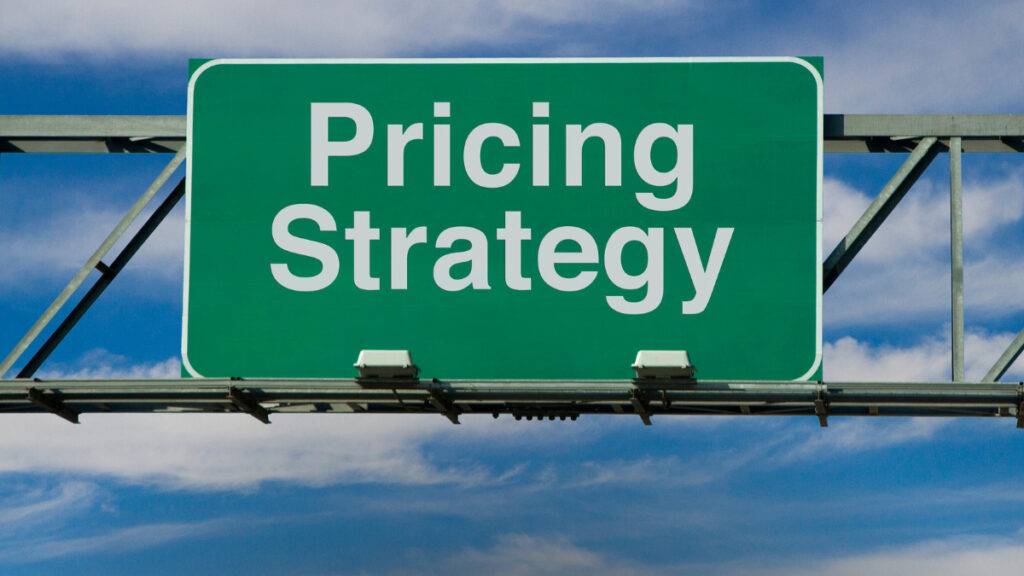In any business segment, there will always be competitors. Out of these competitors, one or two will be the market leaders. Your ability to compete against them depends on your value proposition and how it is communicated to consumers.
A central element of value propositions that is often overlooked and which may be the key to achieving success is strategic positioning, or how a company is positioned in relation to the consumer market and the competition.
What is a value proposition?
Let’s think as consumers: what makes you buy from a company? Is it the product? Is it the price? Or is it something else?
While you might have competitive pricing and market your product well, other competitors may still dominate your market. The missing ingredient, the “something else” that drives consumers to purchase from one company over another, is the value proposition.
A value proposition is the promise of what you can offer your customers. It tells customers how your product will solve their problems or improve their life. It draws your audience’s attention to your business.
A consumer won’t buy from you if they lack a strong reason to do so. Therefore, the more specific your value proposition is, the better customers will be able to distinguish your company from your competitors. Since the value proposition guides consumer decisions, your message must be clear and focused on the target audience.
How to define a value proposition
To define a value proposition, start with the problem. That is, define what will be solved before presenting the solution. Understanding the problem gives you clarity when communicating to the customer the benefits of your solution. In a broader sense, the value proposition also helps you better understand your business.
There are many methodologies to determine your company’s value proposition. In simplified terms, it should describe your target buyer, the problem you will solve, the benefits you will provide, and why you are better than the competition.
After you create the value proposition, assess whether you have targeted the right audience, create metrics to determine the effectiveness of your proposition, and build your market position.
You must also align your value proposition with the pricing of your product so that you can reach your target audience the right way.
How do you know if your pricing matches your value proposition?
You have a good selection of products, reasonable prices, good service, and guaranteed delivery—why wouldn’t people buy from your company? It’s simple: there are many competitors delivering those same benefits.
Don’t be good at many things. Be great at one! Your company will be defined by this characteristic and will be the best option for people who value it, which will be directly related to the way you price your product.
Imagine you sell wine. Your value proposition could be that you have the largest variety of wines, or the rarest, or the oldest.
Here’s the test of a good value proposition. If you’re the best at something that the customer really values, they will pay what they consider fair—and depending on the difficulty of the problem, they’ll pay more. Remember that you do not have to be the most unique business in the world, just in the customer’s mind.
And the reverse is also true. If your company sets out to solve the customer’s problem as cheaply as possible, you must compete on price. Knowing your audience is the most accurate way to align your value proposition and pricing.
It is also important to highlight how the market positioning interferes with the composition of the price strategy.
A company that wants to adjust its pricing can’t solely rely on its costs, its operational and financial capacity, or even its competition. It must also understand how the consumer market perceives its value proposition in order to develop a pricing strategy.
How do I distinguish my company from my competitors?
Another way to create a value proposition is to study your competition. You need to know your competitors to offer something they don’t deliver. If your competitors are delivering the exact same things as you, differentiate yourself in the details:
- Offer free shipping
- Provide express delivery
- Give free installations
- Create loyalty plans
- Have guaranteed reimbursement
There are many small details that can influence the customer and help you price your products. Just understand your business’s position in the market and think of benefits that are inexpensive to provide, yet attractive in the eyes of your customers.
Conclusion
Discover what makes your company unique. Then, test your value proposition, talk to customers, and get to know your competition. Doing this will help you establish a compelling value proposition. Once you position your company correctly, you will be able to create a pricing system that fits your products and target audience, putting you on the road to success!
The largest obstacle you may encounter is pricing. Pricing a product or service is not easy and mistakes can harm your company. To help you avoid these mistakes, here are the two most common pricing mistakes:
- Overestimating your value proposition and setting the price too high, leading to lower competitiveness and sales volume.
- Undervaluing your value proposition and setting the price too low, leading to less revenue and a damaged reputation.
Thus, before thinking about pricing, it’s necessary to have a clear and effective value proposition, as well as an understanding of the company’s image in the consumer market.






